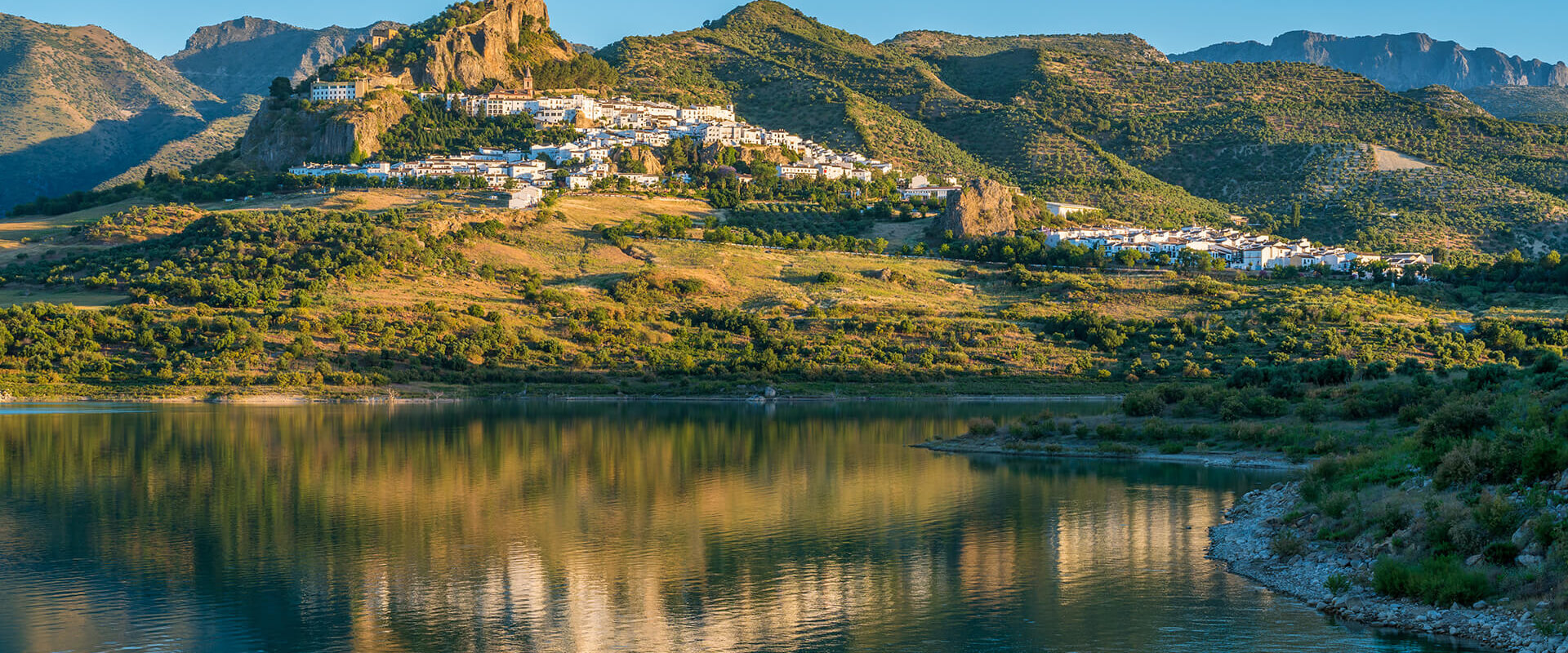The Spanish region of Andalusia counts on a relatively advanced maturity in circular/bioeconomy with a published regional circular bioeconomy strategy since 2018 and a recent Andalusian Circular Economy Law (2023). Bioeconomy is part of the regional RIS3 and the just approved S4 (Smart Specialization Strategy for Sustainability) 2021-2027. Main bioeconomy-related challenges for the region are 1) the difficulty upgrading bioeconomy value chains, 2) stakeholder engagement, and 3) the low demand for bio-products, among others. In Andalusia the agricultural area is about 4.4 Mha and the forestry area is about 4.6 Mha. Due to the strength of its primary sector, Andalusia has a high potential and capacity to produce different types of biomass. Considering only agriculture, biomass production reaches 8 million tons a year, highlighting sectors such as olive groves (29%) and horticulture (18%). In addition, Andalusia’s agro-food industry is one of the main economic drivers of the region. It should also be noted that the region’s climate favours the production of microalgae, making it a promising option for sustainable biomass production in Andalusia. Andalusia participates in BioINSouth consortium with the Technological Corporation of Andalusia.
Download the flyer in Spanish
Bioeconomy sectors
- Sustainable agriculture
- Circular bioeconomy
- Blue economy
- Agri-food supply chain
- Marine and coastal development
Types of biomass
- Agricultural residues
- Forest biomass
- Organic waste
- Industrial by-products
- Marine biomass
Legislation status
- Estrategia Andaluza de Bioeconomía Circular (EABC) 2018
- Andalusian Circular Economy Law 2023
- RIS3 strategy
- S4 (Smart Specialization Strategy for Sustainability) 2021-2027
- Regional bioeconomy policy

